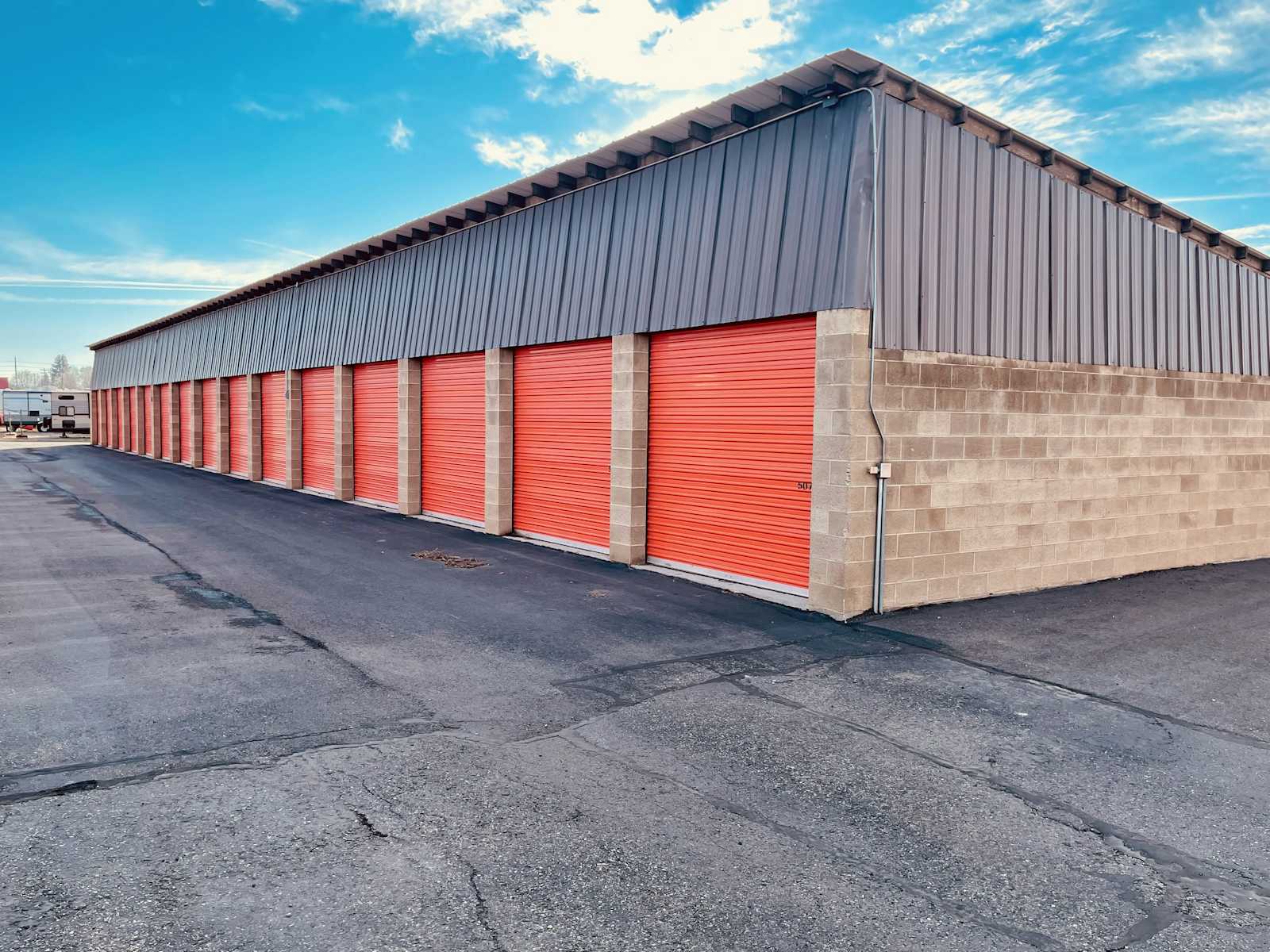Understanding Local Storage: Implementation and Real-Life Applications
 SANKALP HARITASH
SANKALP HARITASH
Local storage is a crucial aspect of web development, providing a means to store data within the user's browser. Unlike session storage, which persists data only for the duration of a page session, local storage allows data to persist across sessions, making it ideal for storing information that users may want to access even after they close and reopen their browser. Let's delve into the implementation of local storage and explore some real-life use cases.
Implementing Local Storage:
Accessing Local Storage: In JavaScript, accessing local storage is simple. The
localStorageobject provides methods to set and retrieve data.// Set data localStorage.setItem('key', 'value'); // Retrieve data const data = localStorage.getItem('key');Storing Complex Data: Local storage can only store strings. To store complex data types like arrays or objects, you need to serialize and deserialize them using methods like
JSON.stringify()andJSON.parse().const complexData = { name: 'John', age: 30 }; localStorage.setItem('userData', JSON.stringify(complexData)); const storedData = JSON.parse(localStorage.getItem('userData'));Clearing and Removing Items: You can clear all items in local storage or remove specific items using methods like
clear()andremoveItem().// Clear all items localStorage.clear(); // Remove specific item localStorage.removeItem('key');
Real-Life Use Cases:
User Preferences: Local storage is commonly used to store user preferences such as theme selection, language preferences, or display settings. This allows websites to provide a personalized experience to users.
Shopping Carts: E-commerce websites often use local storage to maintain a user's shopping cart items. This ensures that even if a user navigates away from the site and returns later, their selected items are still available.
Form Data Persistence: In applications with forms, local storage can be used to save partially filled form data. This prevents users from losing their progress if they accidentally navigate away from the page.
Offline Data Storage: Local storage can be utilized in progressive web apps (PWAs) to store data offline. This enables users to access certain functionalities even when they are not connected to the internet.
Remembering User Sessions: Websites often use local storage to remember user sessions, allowing users to stay logged in even after closing and reopening the browser.
Conclusion:
Local storage is a powerful tool in web development, providing a convenient way to store data within the user's browser. By understanding how to implement local storage and leveraging its capabilities, developers can enhance user experiences and create more dynamic web applications. From storing user preferences to enabling offline functionality, the applications of local storage are diverse and impactful.
Subscribe to my newsletter
Read articles from SANKALP HARITASH directly inside your inbox. Subscribe to the newsletter, and don't miss out.
Written by

SANKALP HARITASH
SANKALP HARITASH
Hey 👋🏻, I am , a Software Engineer from India. I am interested in, write about, and develop (open source) software solutions for and with JavaScript, ReactJs. 📬 Get in touch Twitter: https://x.com/SankalpHaritash Blog: https://sankalp-haritash.hashnode.dev/ LinkedIn: https://www.linkedin.com/in/sankalp-haritash/ GitHub: https://github.com/SankalpHaritash21 📧 Sign up for my newsletter: https://sankalp-haritash.hashnode.dev/newsletter